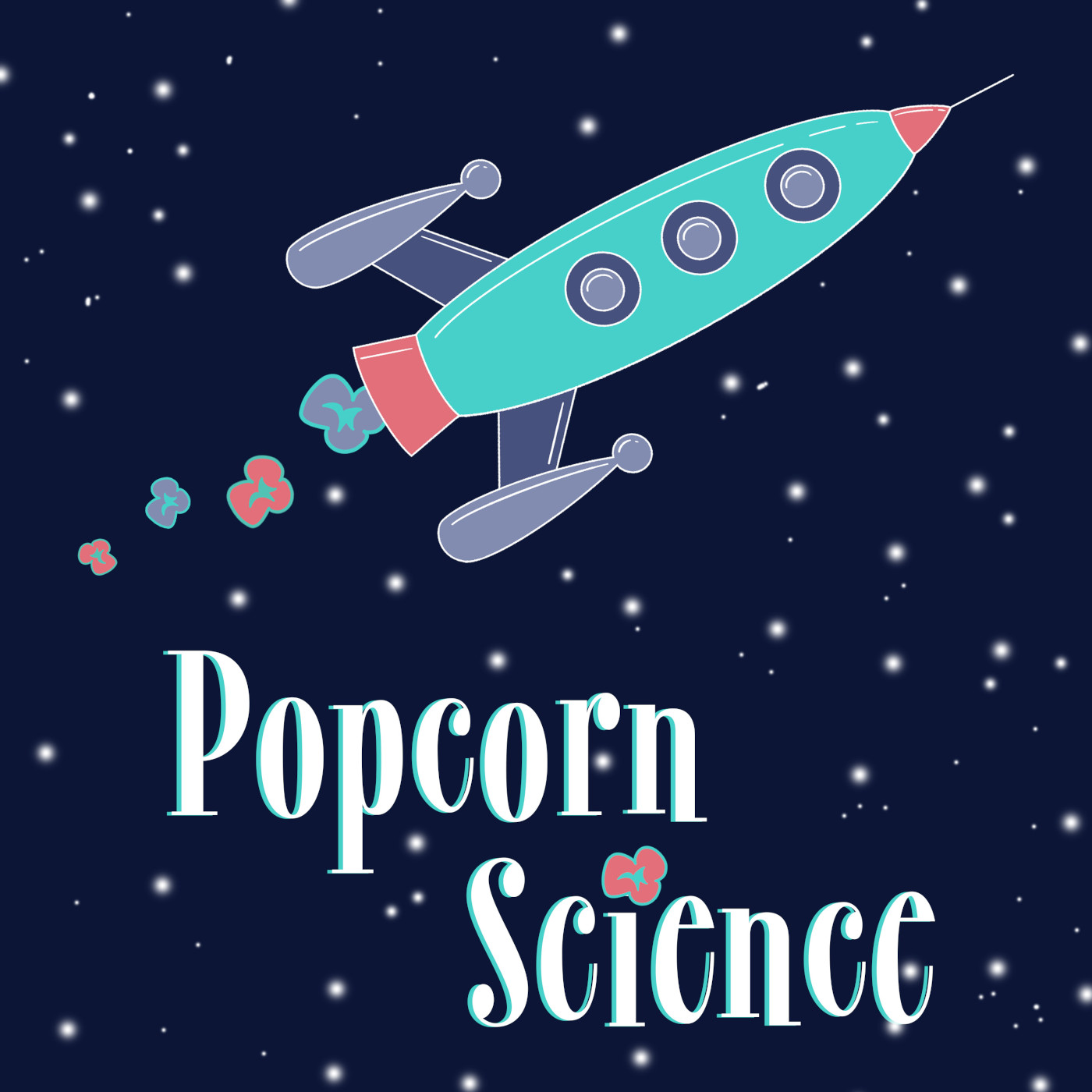
2001: A Space Odyssey
I know Catherine and John have made some very poor decisions recently, but I can give you my complete assurance that their work will be back to normal. They've still got the greatest enthusiasm and confidence in the mission. And they want to help you.
Show Notes
In this episode of "Popcorn Science," discuss the 1968 film 2001: A Space Odyssey.
Topics
- Science Gripes (7:00)
- Tapir do not live in Africa
- Arid environment, but humans likely evolved in arboreal environment
- Little evidence for humans living in caves
- Humans are not the only tool users, monolith didn't grant unique advantage
- Artistic placement of the moon
- Random equations / diagrams on screen: Sci-Fi jibberish
- Space craft: No thrusters
- Moonwalking: Too much gravity, too little falling down
- EVA without tether or thruster packs, gardening gloves
- Discovery:
- Moving too fast: 3 weeks to Mars? 18 weeks to Jupiter?
- Habitation ring too slow (or too much gravity)
- For every action, these wasn't an equal reaction
- Jupiter:
- Too many (major) moons
- Science Shine (31:00)
- Centripetal gravity, close enough
- Decent job showing zero-gravity life
- Clavius station under ground, close enough to Tycho for a shuttle
- Infectious disease concerns in space
- Predicted Magnetic anomalies on the Moon!: Lunar Swirls
- Earth phases
- 13 seconds in vacuum, plausible!
- HAL wins at chess
- Smooth space turns: Reaction wheels
- Commercial travel looks modern
- Of it's time (46:33)
- Ratings (59:03)
References
- 2001: A Space Odyssey (film, 1968)
- 2001: A Space Odyssey (novel, 1968)
- Stargate Effect
- Arthur C. Clarke
- Stanley Kubrick
- Also sprake Zarathustra - Richard Strauss
- Sapians
- Homo Habilus (tool users)
- Stanford Torus
- Andromeda Strain: Book (1969), Film (1971)
- Lunar Swirls
- Vacuum Suit Accident
- Reaction Wheel
- Computer sings "Daisy Bell" (1961)
- Douglas Rain
- Universe (1960) - National Film Board of Canada